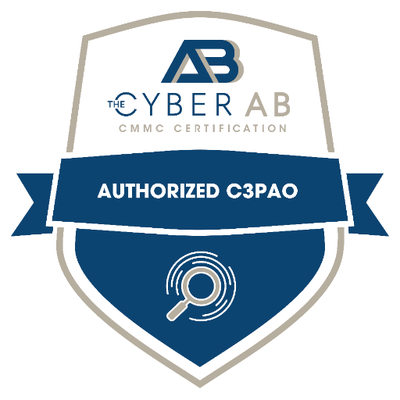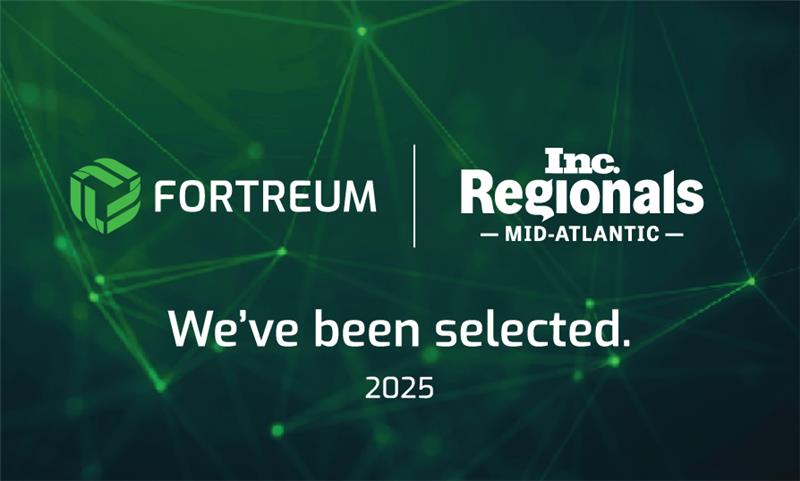Establishing an Internal Common Control Framework (CCF)
As a cloud service provider dealing with sensitive data and systems, meeting rigorous compliance standards is not just a nice-to-have, but an absolute necessity. Customers need assurances that their information is secure and their privacy is protected in accordance with regulations like International Organization for Standardization (ISO), System and Organization Controls (SOC), Payment Card Industry (PCI), Health Insurance Portability and Accountability Act (HIPAA), Health Information Trust Alliance (HITRUST), Cybersecurity Maturity Model Certification (CMMC), and Federal Risk and Authorization Management Program (FedRAMP).
However, working towards each of these compliance certifications separately can be an overwhelming undertaking. The requirements and control sets often overlap, but have enough discrepancies to make efficiently preparing for audits a hefty challenge.
This is where implementing the NIST 800-53 control framework as a common control framework and identifying additional controls that need to be added for ISO, SOC, PCI, HIPAA, HITRUST, CMMC, and FedRAMP can provide a streamlined path to meeting the requirements of multiple compliance programs simultaneously. By treating NIST 800-53 as a common baseline set of controls, organizations can build a solid cybersecurity foundation that extends across different standards.
Mapping NIST 800-53 to Other Compliance Frameworks
While NIST 800-53 was developed with government systems in mind, it has been embraced by the private sector as well. This is largely due to how well the robust set of NIST controls maps to the requirements of other major compliance frameworks:
- ISO 27001/27002: The NIST 800-53 controls correspond closely with the information security management principles outlined in the ISO 27000 series of standards. By implementing NIST 800-53, organizations inherently address many of the Annex A controls under ISO 27001.
- SOC 2: System and Organization Controls mandated by the American Institute of Certified Public Accountants (AICPA) are focused on security, availability, confidentiality, processing integrity, and privacy. The trust services criteria for SOC 2 map directly to various NIST 800-53 control families. Completing an entire FedRAMP engagement essentially can be utilized for a SOC audit if the system scope for both the SOC and FedRAMP environment are the same. The SOC audit will just require some additional sampling techniques to adhere to all SOC controls.
- PCI DSS: The Payment Card Industry Data Security Standard has very specific technical requirements for businesses that handle credit card data. NIST 800-53 controls under families like Access Control, Audit and Accountability, and Configuration Management are instrumental in achieving PCI DSS compliance.
- HIPAA: Protecting electronic personal health information (ePHI) is a core requirement under the Health Insurance Portability and Accountability Act. Numerous NIST controls around risk assessment, access control, audit controls, incident response, and other areas enable HIPAA compliance.
- HITRUST: The HITRUST Common Security Framework combines healthcare regulations like HIPAA with other authoritative sources such as NIST 800-53. As such, implementing the NIST framework significantly reduces efforts for HITRUST certification.
- CMMC: The Cybersecurity Maturity Model Certification (CMMC) is a unifying standard for implementing cybersecurity across the defense industrial base (DIB). It is designed to protect Controlled Unclassified Information (CUI) that is handled by DoD contractors and subcontractors. Since CMMC is based on longtime cybersecurity standards like NIST 800-171 and NIST 800-53, aligning with the NIST 800-53 control families is a logical first step for organizations pursuing CMMC certification.
- FedRAMP: The Federal Risk and Authorization Management Program sets rigorous security requirements for cloud service providers working with federal agencies. By aligning with NIST 800-53, which FedRAMP is inherently based upon, organizations can meet the stringent FedRAMP requirements.
Implementing NIST 800-53 as a Common Baseline
Given the degree of overlap between NIST 800-53 and other compliance mandates, putting this framework at the core of your security program just makes sense. Here’s a high-level approach for implementation:
- Define the system and requirements first to gain a clear understanding of your organizational systems and operating environment. Identify which compliance certifications are required based on your industry, customer base, and types of data you handle.
- Perform a risk assessment. NIST places a strong emphasis on risk management as the foundational step for determining appropriate controls. Conduct a comprehensive risk assessment to analyze threats, vulnerabilities, and potential impacts.
- Select and implement controls based on the findings from your risk assessment to select the relevant NIST 800-53 controls tailored to your system requirements, risk tolerance, and compliance mandates. Establish policies, procedures, and technologies to enact these controls.
- Continuous monitoring security is not a one-time box to be checked, but an ongoing process. Implement continuous monitoring processes to ensure controls remain effective and address any deficiencies discovered through audits or evolving organizational/compliance needs.
- Maintain thorough documentation of your security policies, procedures, control implementations, and risk assessments. This evidence will be paramount for demonstrating compliance during audits for certifications like ISO, SOC, PCI-DSS, HIPAA, HITRUST, CMMC, and FedRAMP.
Embracing NIST 800-53 as the core of your cybersecurity program allows you to build a robust risk-adaptive foundation that inherently meets many of the compliance requirements across multiple frameworks. While some additional controls may still be necessary based on your unique industry or customer demands, implementation efforts are vastly reduced.
About Fortreum:
We started with a mission to simplify cloud and cybersecurity challenges for our customers.
Fortreum is the fastest growing FedRAMP 3PAO in the marketplace and is actively working with clients so they are prepared to pass all necessary cybersecurity audits.
Should you have questions about implementing a common control framework and our advisory services, please reach out to us at Compliance@fortreum.com or Contact Us at https://fortreum.com/contact/











